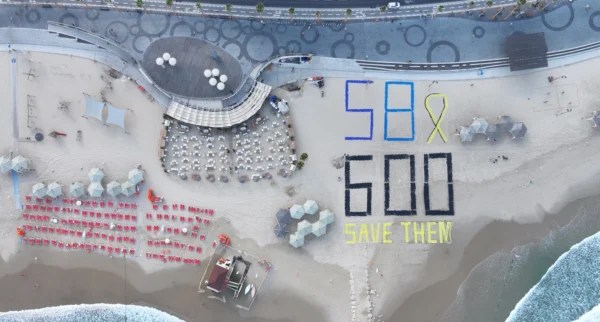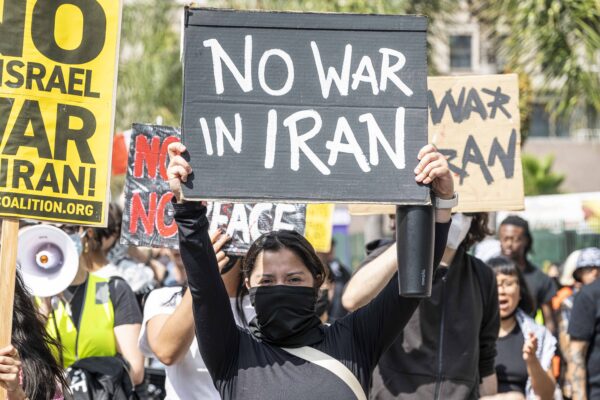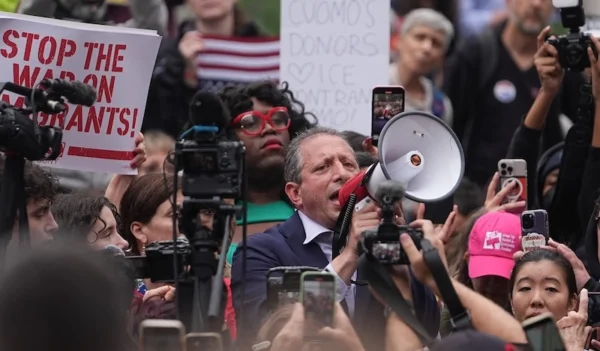If Murakami was writing about Istanbul…
In Haruki Murakami’s nonfiction “Underground: The Tokyo Gas Attack and the Japanese Psyche,” Murakami tells the story of the Sarin Gas attacks in the Tokyo metro by an ominous cult: Aum Shinrikyo. The attacks led to a major trauma in Japanese society. Murakami in the first part of this book interviews the victims of the attack and tries to understand how it impacts the lives of ordinary Japanese citizens. If one tried to interview the more than 230 people wounded during the suicide attacks on Atatürk International Airport to understand the lives of the 44 victims of the attack by talking with their loved ones, we would have a wide variety of stories and personal accounts. Even the immediate journalistic accounts provided tragic stories of the victims: A father who was trying to rescue his son from DAESH and got to Turkey to pick his son up became the victim of the same terrorist organization; a young man who recently started to work at the airport to pay the educational expenses of his two sisters; a young woman who worked part time as a chef at the airport and another young man who was to be married in 10 days. Then there are hundreds of ordinary people wounded and impacted by the terrorist attack who will never forget that moment for the rest of their lives.
The attack was one of a series of terror attacks targeting civilians in Turkey. For the last year both DAESH and the PKK have been organizing different terrorist attacks in Turkey. In addition to security forces, ordinary citizens waiting at a bus stop, people participating in political rallies and tourists sightseeing in Istanbul have been targeted by these two organizations. Just a few weeks before the airport attack, a PKK member organized a suicide attack in the heart of Istanbul that killed 11 people and wounded many.
Up until the Istanbul attack, the international community had never shown any solidarity or demonstrated support for the victims of terrorism in Turkey.
Up until the Istanbul airport attack, however, the international community had never shown any solidarity or demonstrated support for the victims of terrorism in Turkey. In most instances, the terrorist attacks in Turkey were ignored. The last attack, however, in terms of its target and in terms of its organization alarmed various countries around the world. The fact that terrorists targeted one of the best-protected buildings demonstrated that they were mainly aiming to send a message of resilience despite recent defeats and loss of territories in Iraq and Syria. Also as previously mentioned, the terrorist attack demonstrated the strategic flexibility and tactical maneuverability of DAESH. As it loses territory in Syria and Iraq, DAESH is returning to its default settings, in most instances attacking soft targets. This trend may continue as DAESH loses more territory and influence in this part of the world. Thirdly, the attack demonstrated a pattern in DAESH’s targets in Istanbul. So far, DAESH has targeted three locations in Istanbul, and all of these locations have been the most international segments of the city. Sultanahmet Square, which is the central destination for tourists, İstiklal Avenue, which is considered downtown Istanbul, and finally, Istanbul Atatürk International Airport, the third busiest airport in Europe. Finally, the attack was organized by three young people from three different countries. This shows that the organization is becoming more transnational in its out-of-state actions.
These four things demonstrate that DAESH is a moving target, and in most instances to fight this organization and to “degrade” and to “destroy” it necessitates a significant level of intelligence and operational cooperation among allied countries.
This article was first published in Daily Sabah on July 2, 2016.


















